Native Pollinators, Plants, and Gardening
What are Pollinators?
Pollination is the first step that creates new generations of plants, and is the fertilization of a plant’s female organs. Pollinators are the agents which facilitate fertilization, moving pollen to the ovule of another plant. Common pollinators include bees, butterflies, dragonflies, bats, birds, and flies. In Yakutat, native bees and wasps are two major pollination agents. You can read more about the species of common pollinators here.
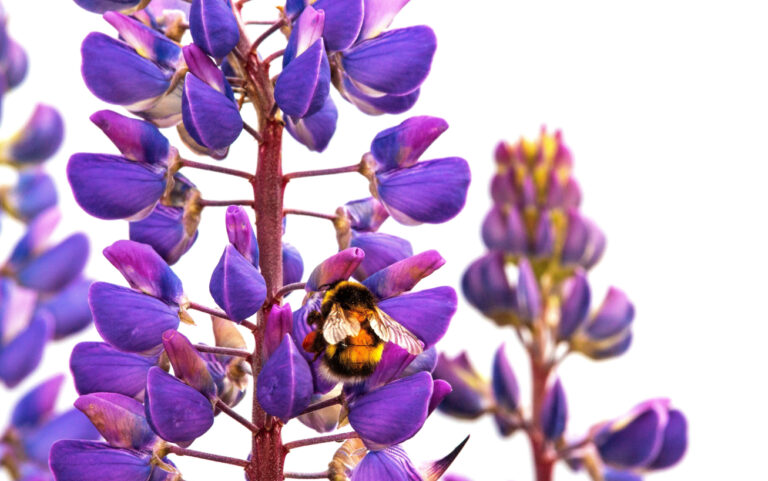
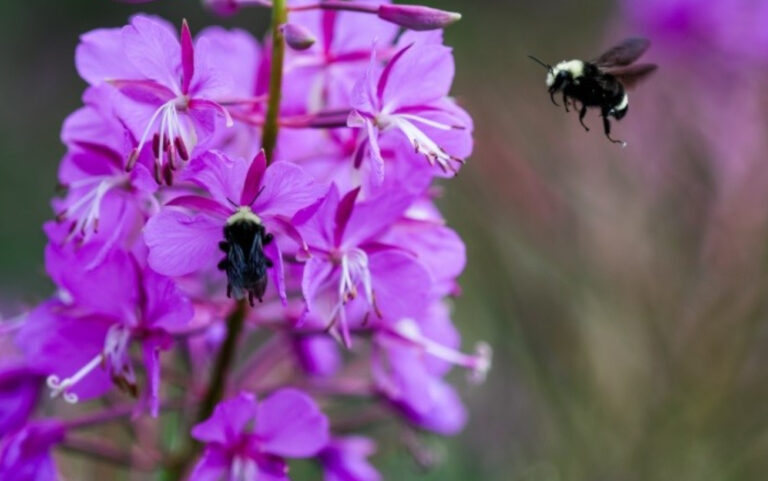
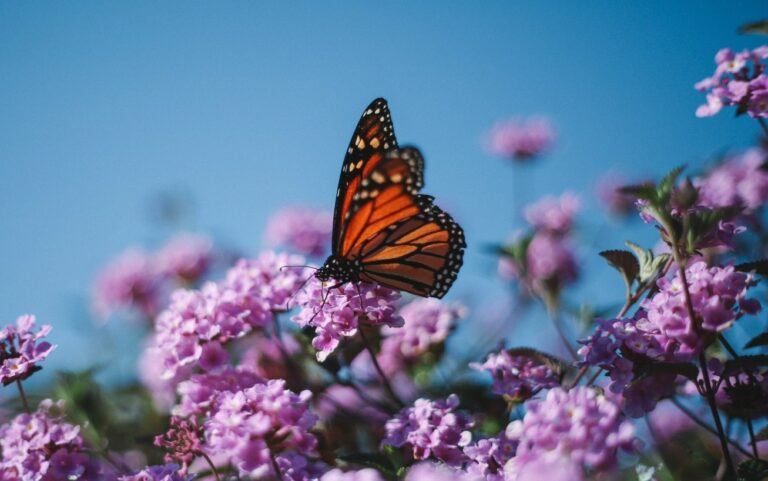
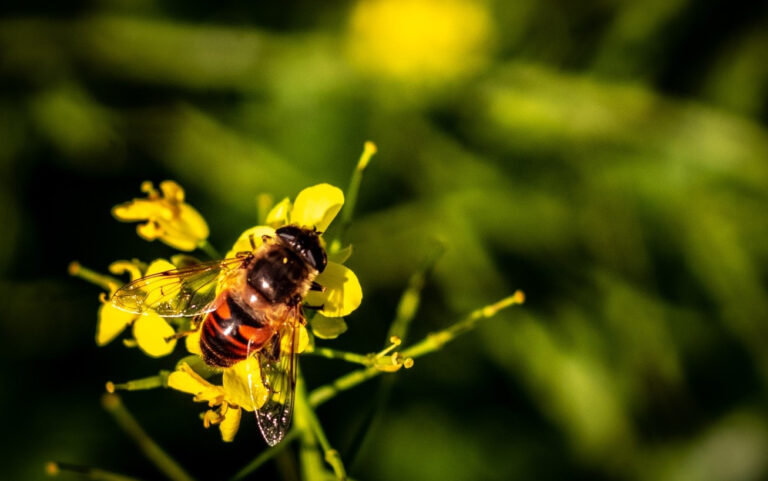
Why are they Important?
In short, pollinators are important because we need to eat. They facilitate new flowering plants that we rely on so heavily for food. Especially in Yakutat, where so many of us use berries for subsistence, it is important to have healthy pollinator populations. We need pollinators to ensure we have sustainable regeneration of blueberries, strawberries, salmonberries, huckleberries, currants, nagoonberries, cranberries, and more.

How Can You Help?
When gardening or landscaping, consider using native plants to attract and bolster pollinators. Fireweed, arnica, valerian, northern geranium, monkshood, yarrow, violets, Indian paintbrush, and western columbine are some good pollinator-friendly plants that are native to Alaska. Examples of bee-attracting flowers include monkey flowers, leopard’s bane, shrubby cinquefoil, forget-me-nots, iris, and delphinium. Lastly, avoid using pesticides and herbicides, as they are almost always toxic to our pollinators as well as unwanted pests. Instead, try natural deterrents such as a garlic spray. If you must apply a pesticide, apply it before dawn or in the evening when pollinators are not as active, and avoid spraying when flowers are in bloom. Read more about what plants attract which pollinators here.
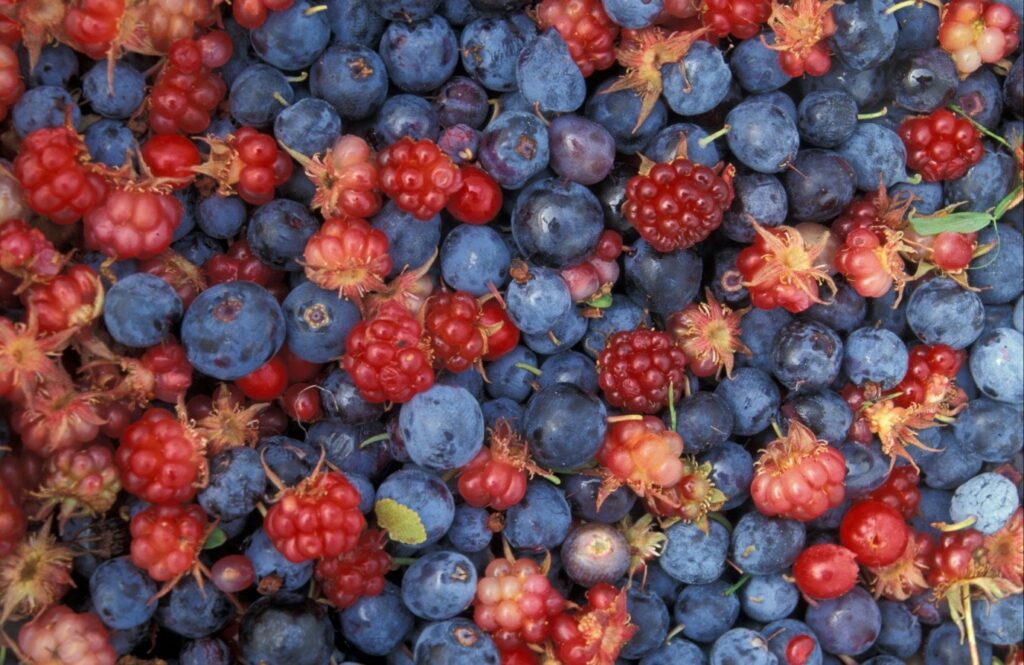
UAF’s Extension Service offers excellent resources on how to store, freeze, dry, and extract juice from native berries. They also provide a variety of recipes for different species. To access these guides, simply click on the fruit of your interest below.
• Strawberries
• Salmonberries
• Currants
• Nagoonberries
• Blueberries
• Highbush Cranberries
• Lowbush Cranberries (aka Lingonberries)
